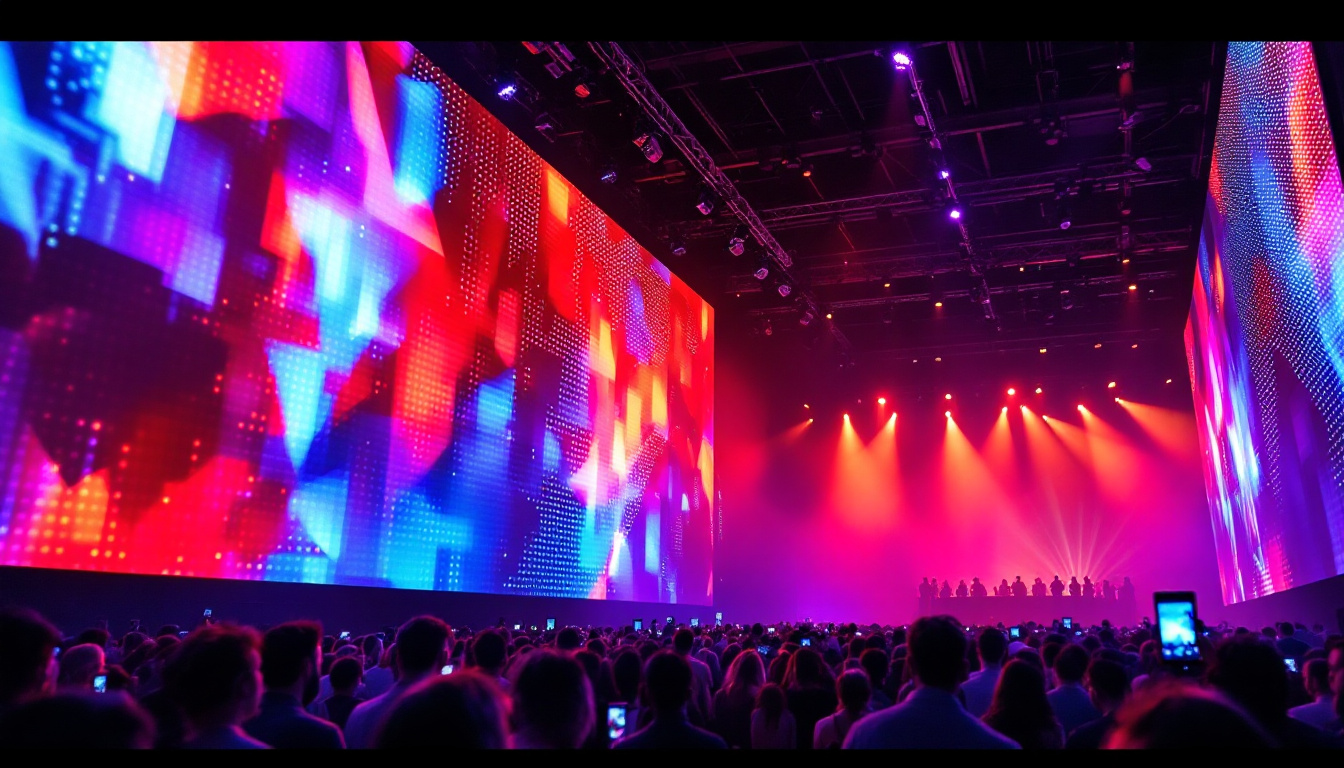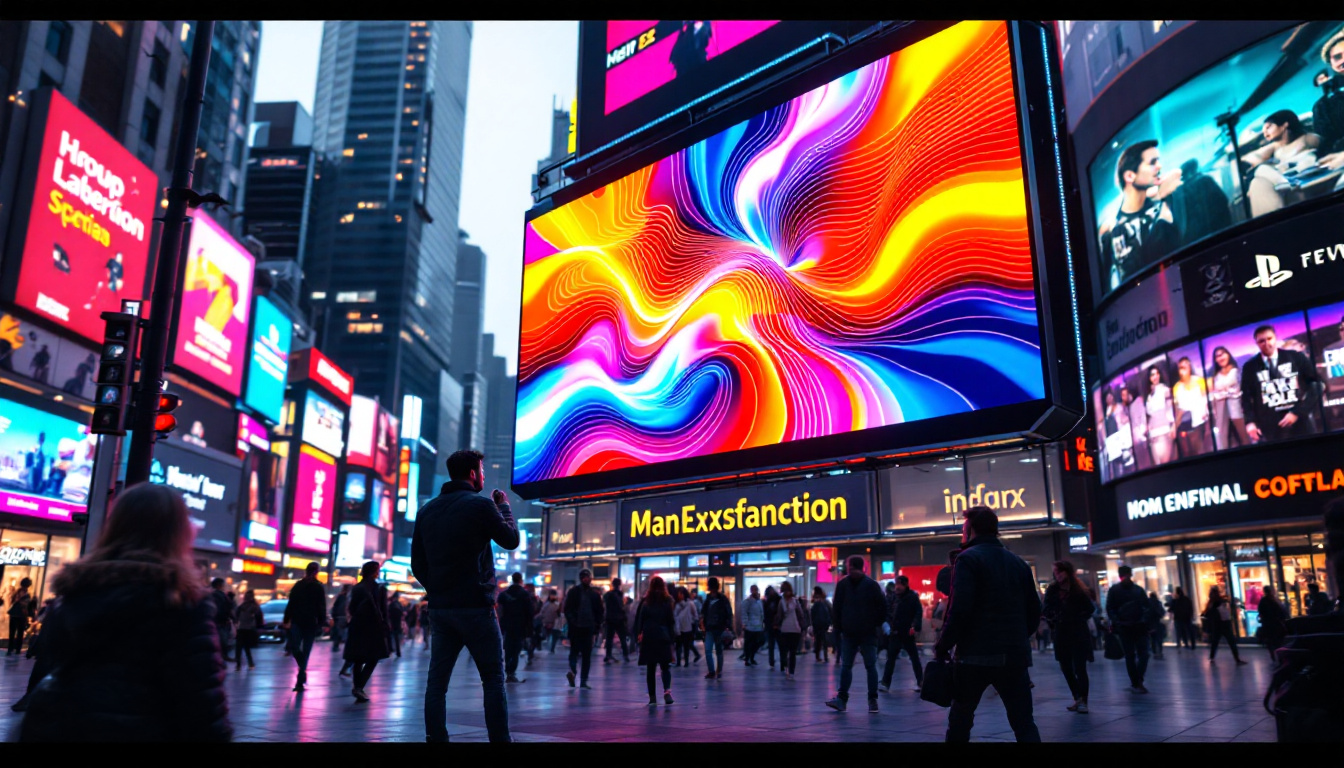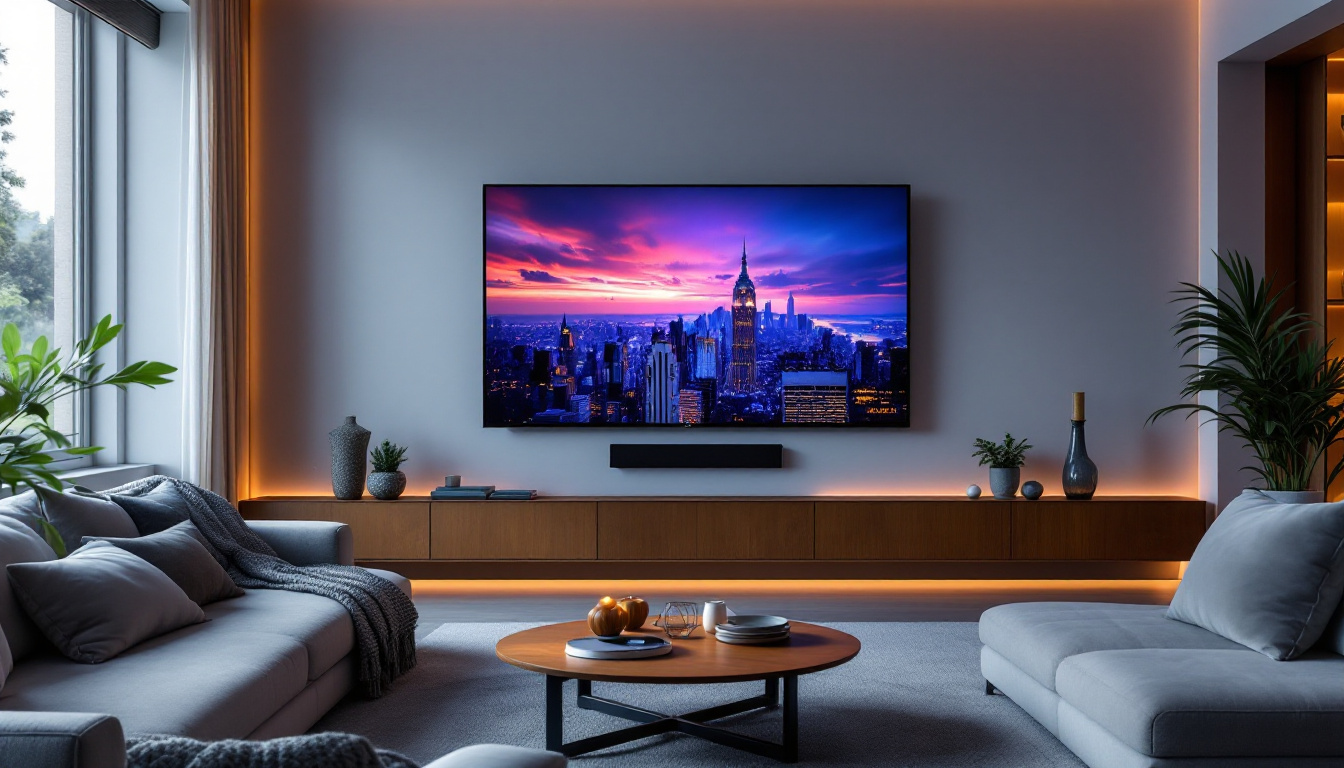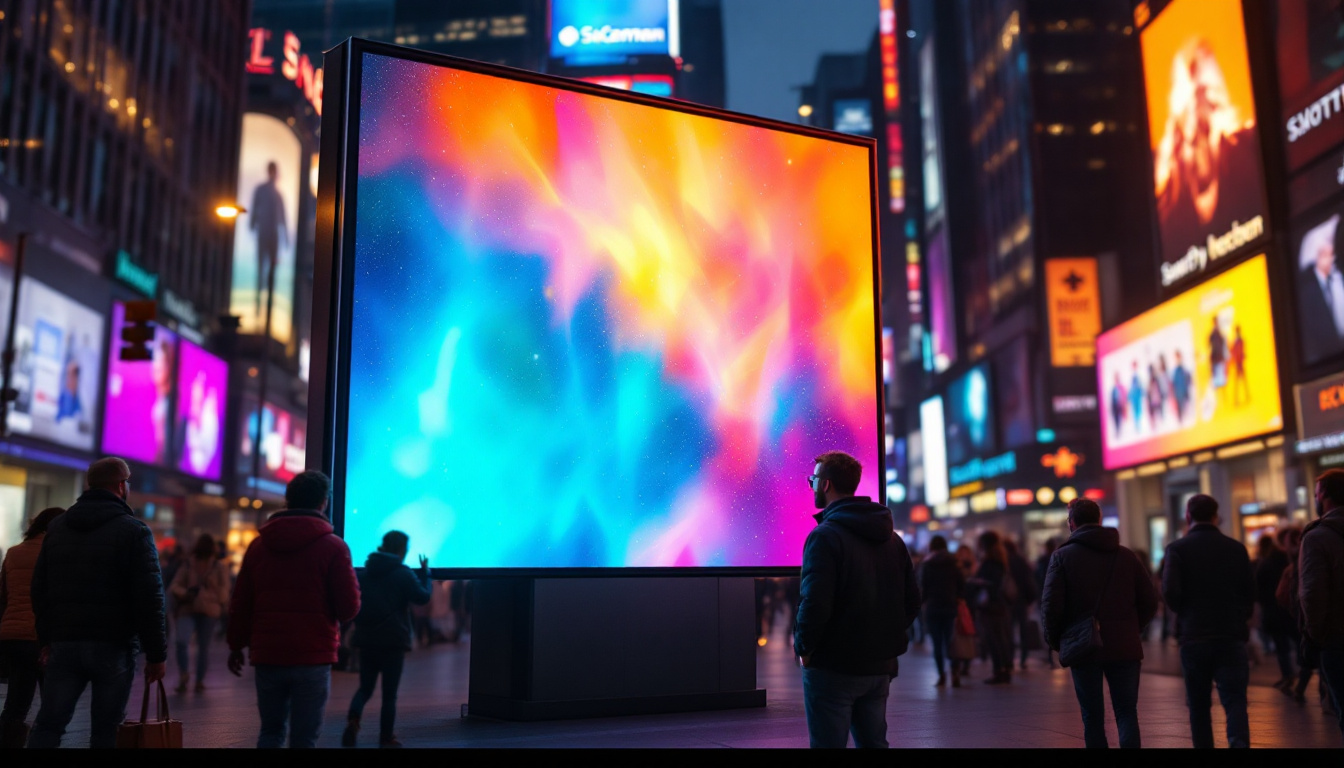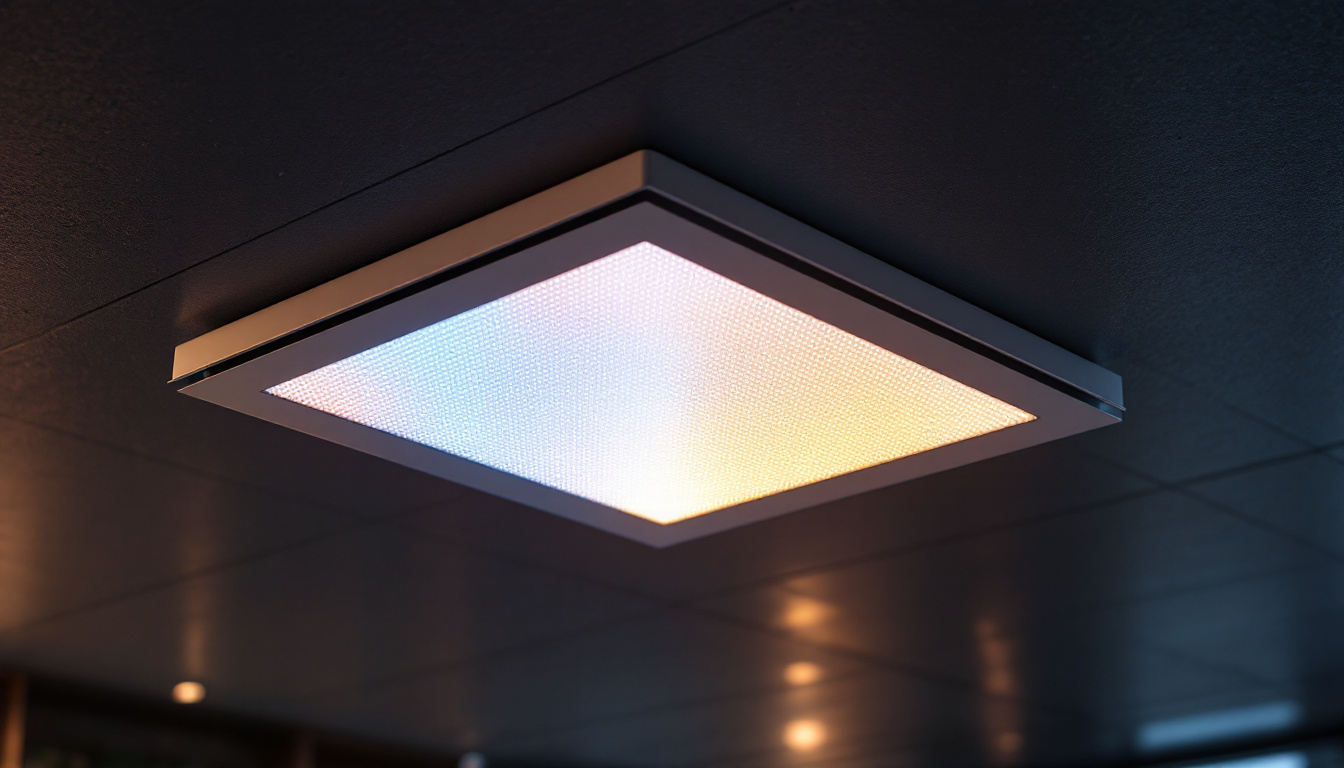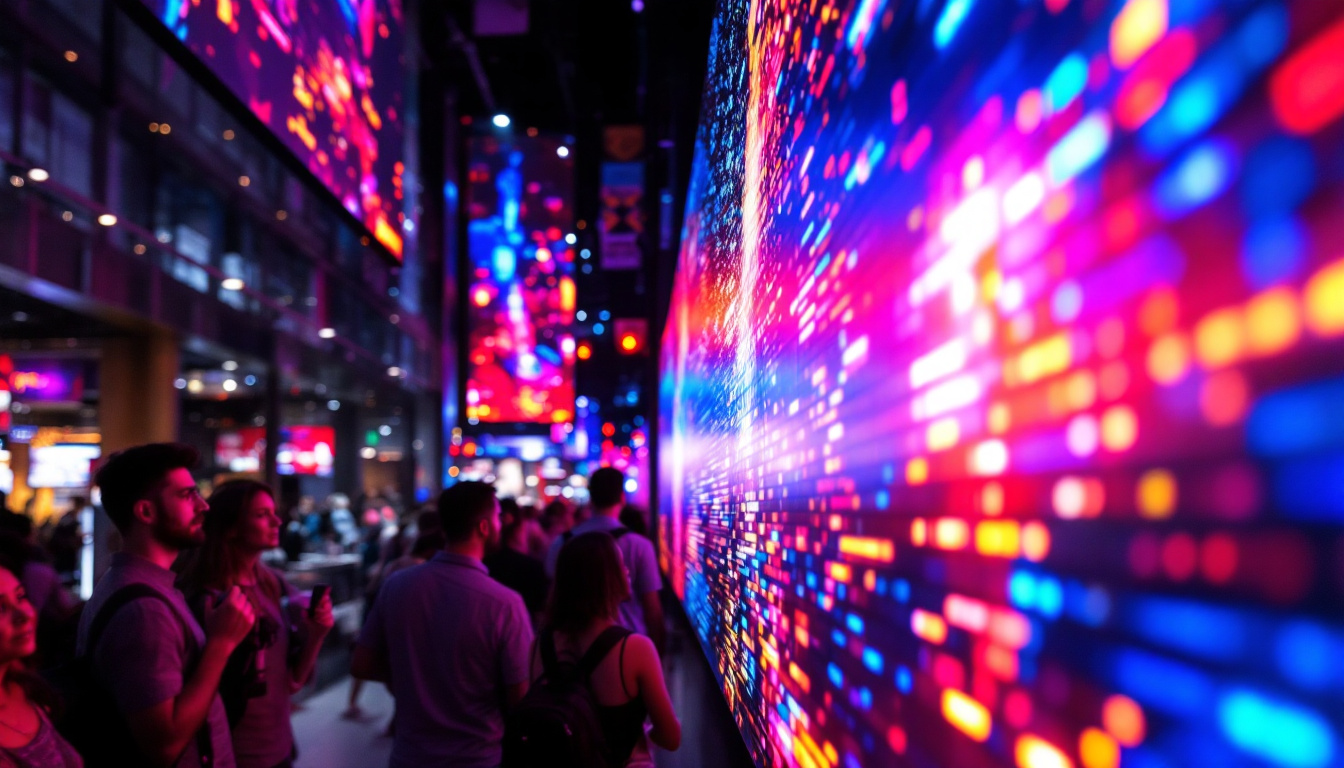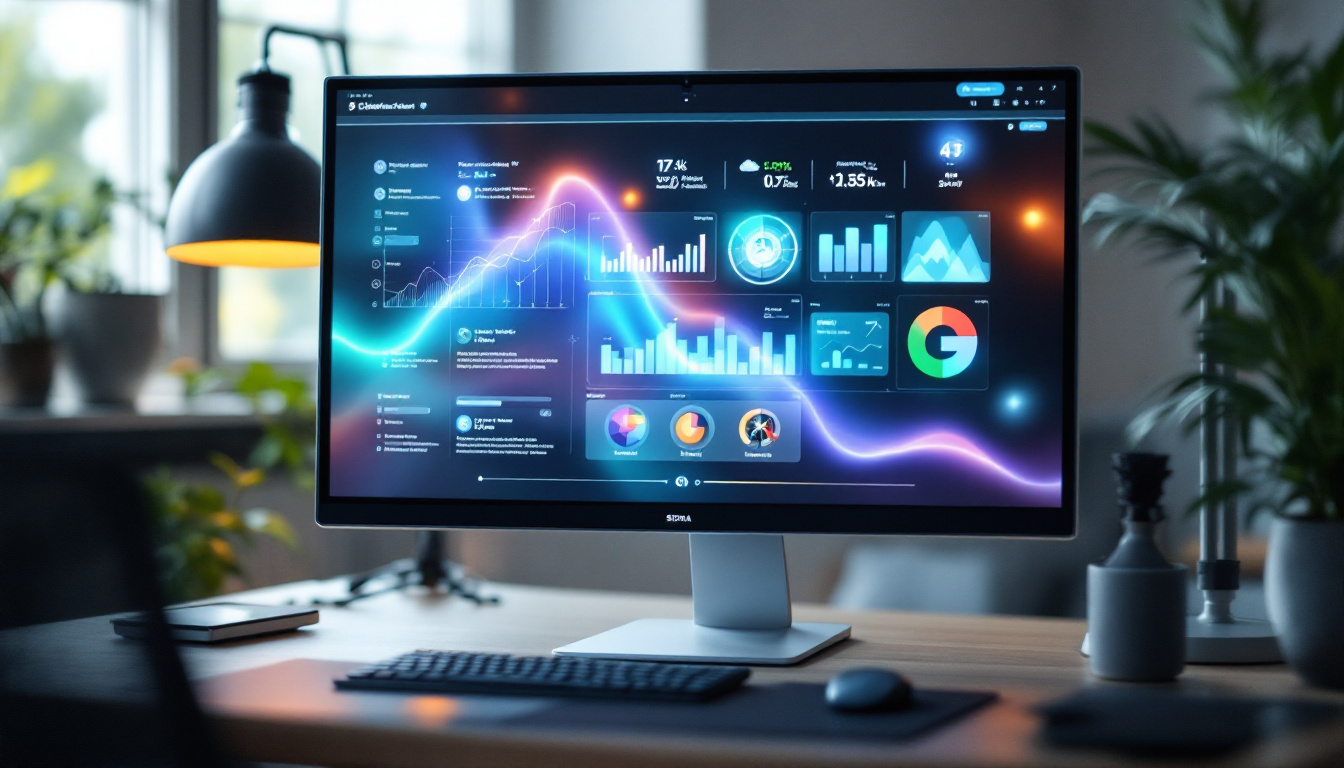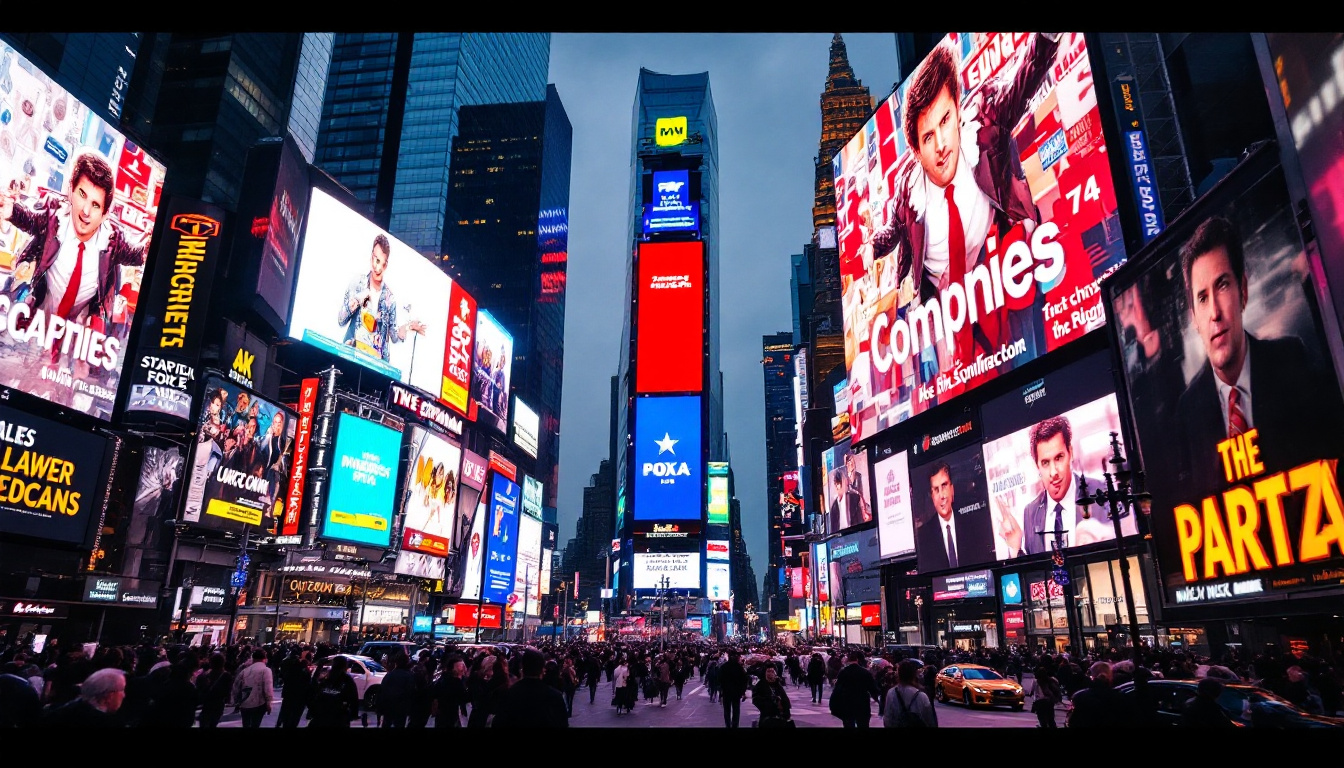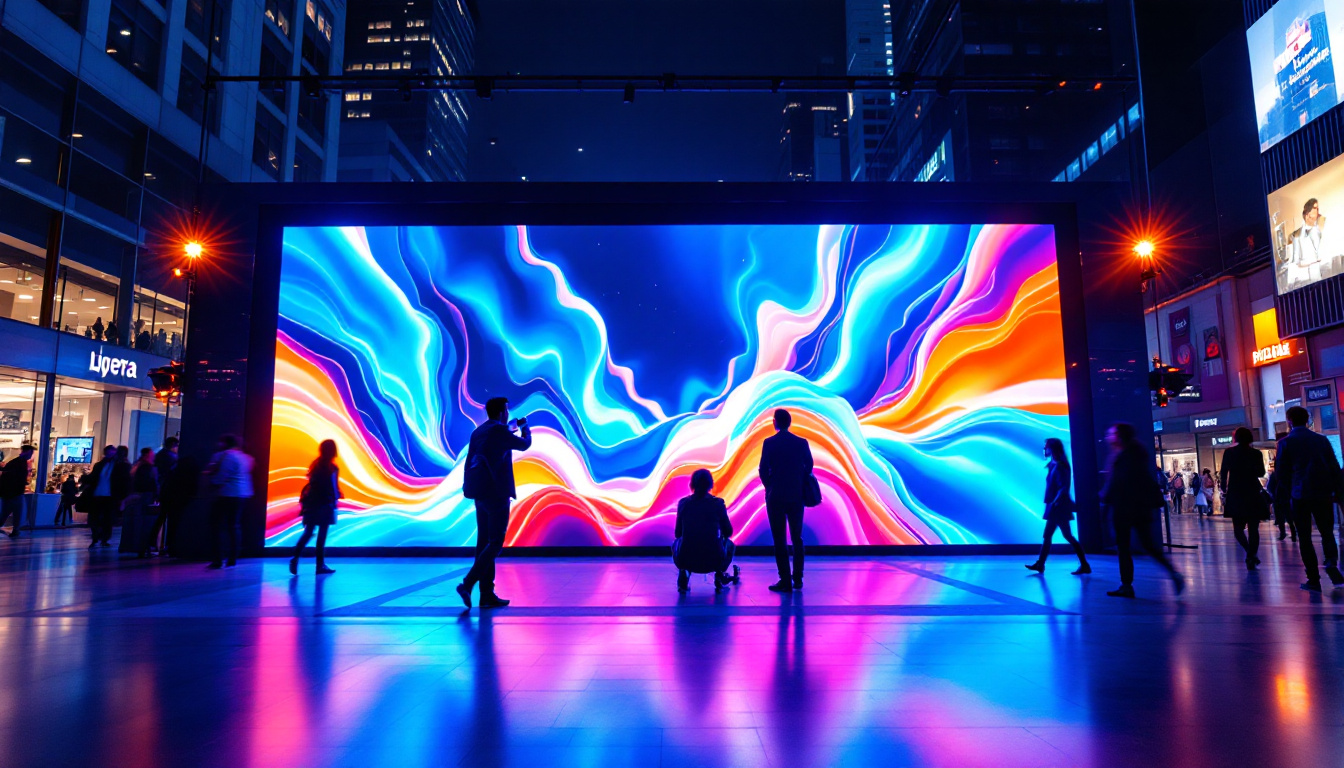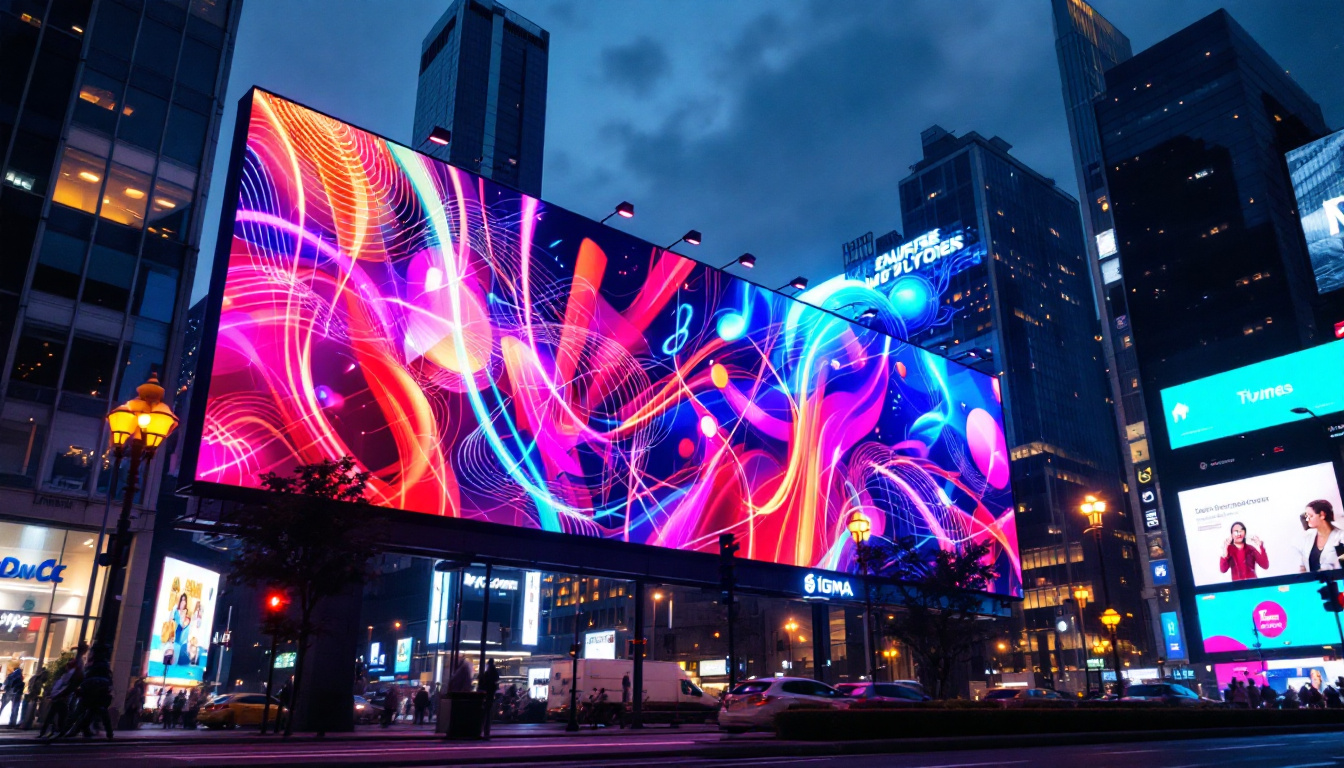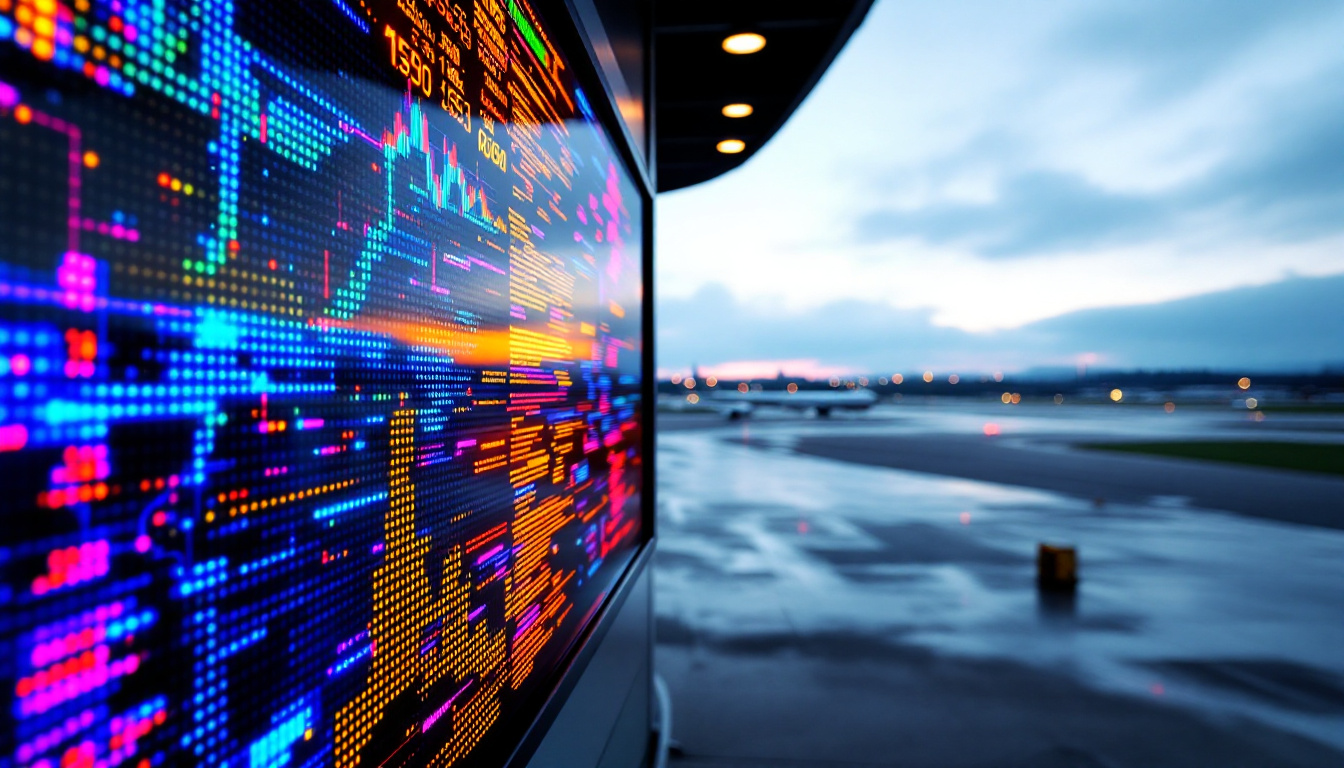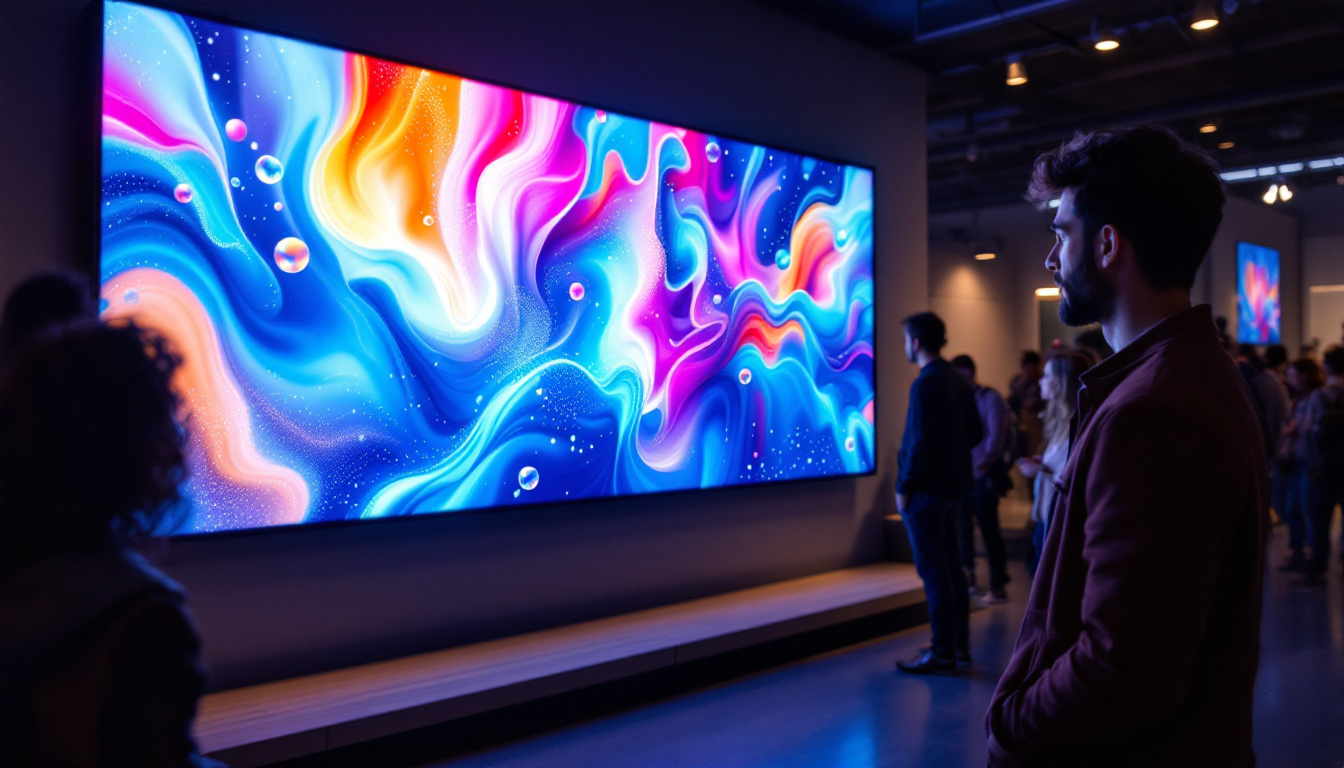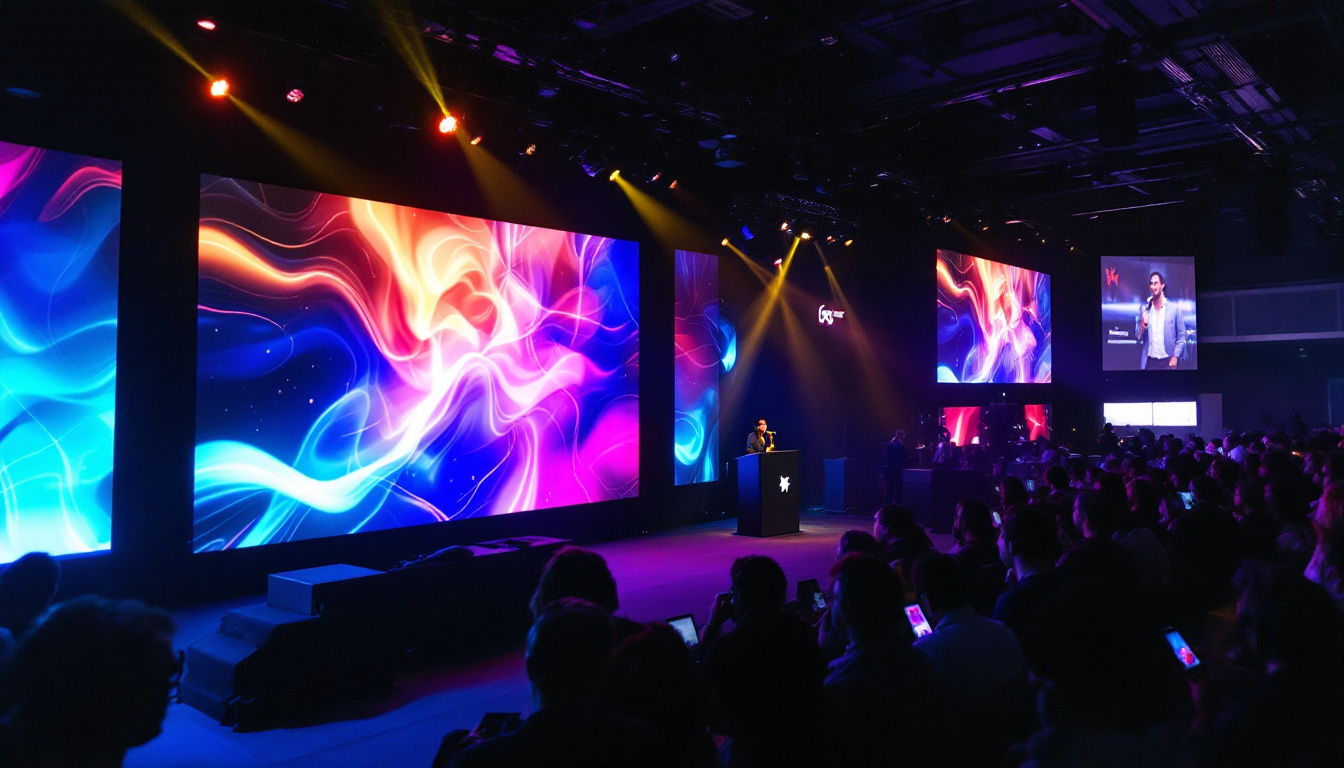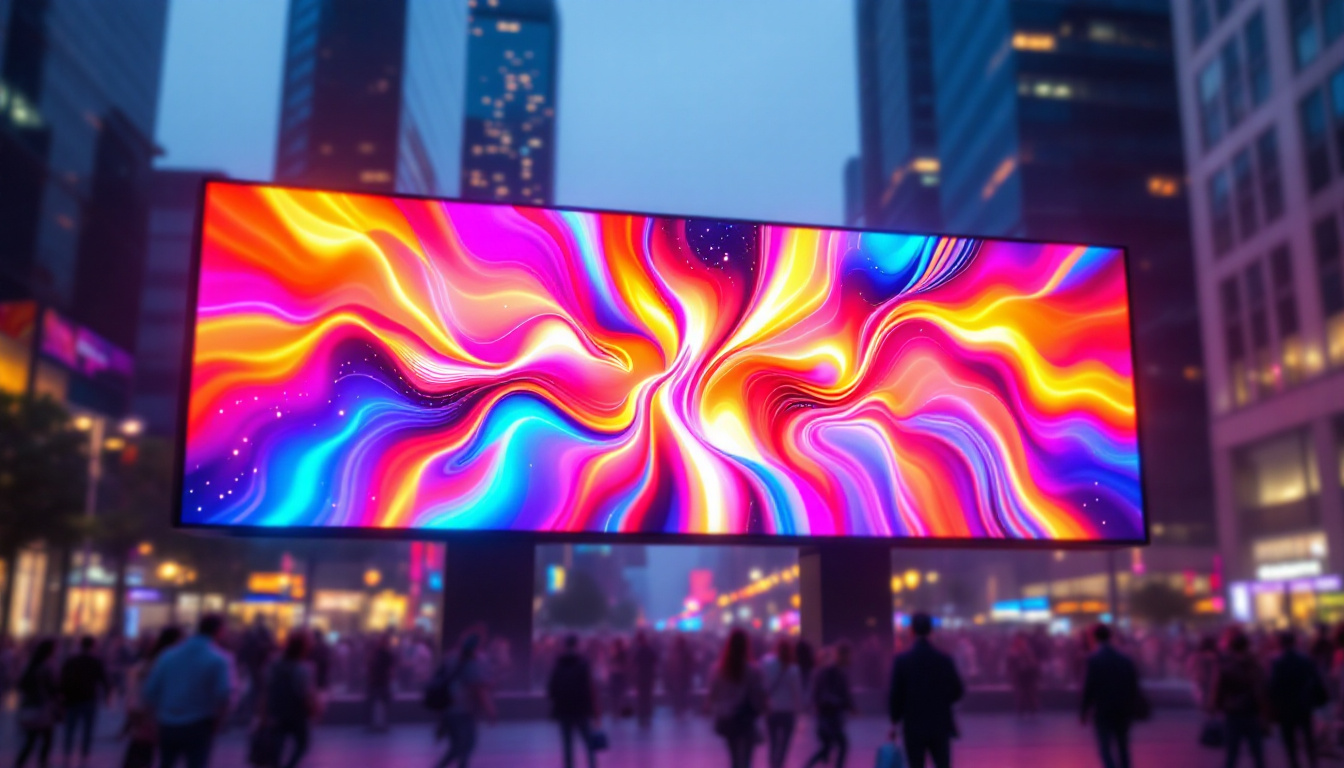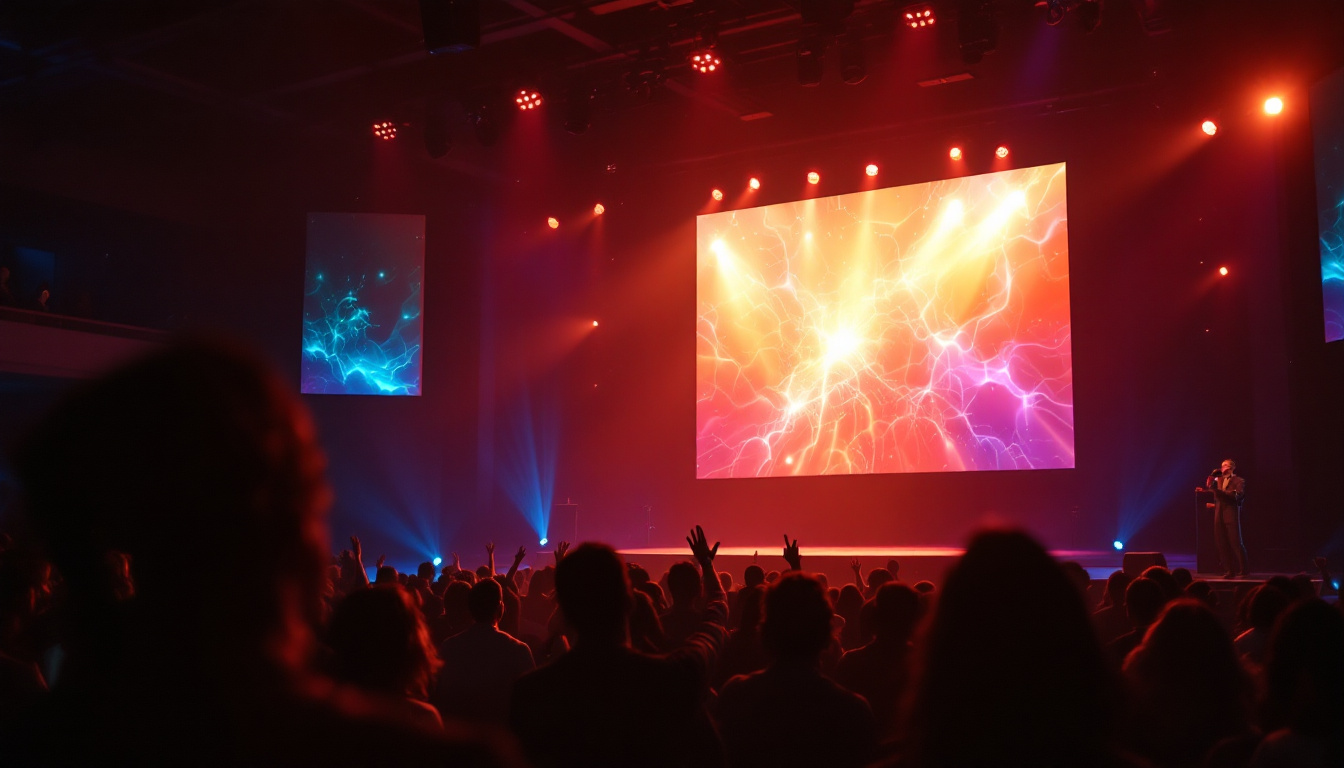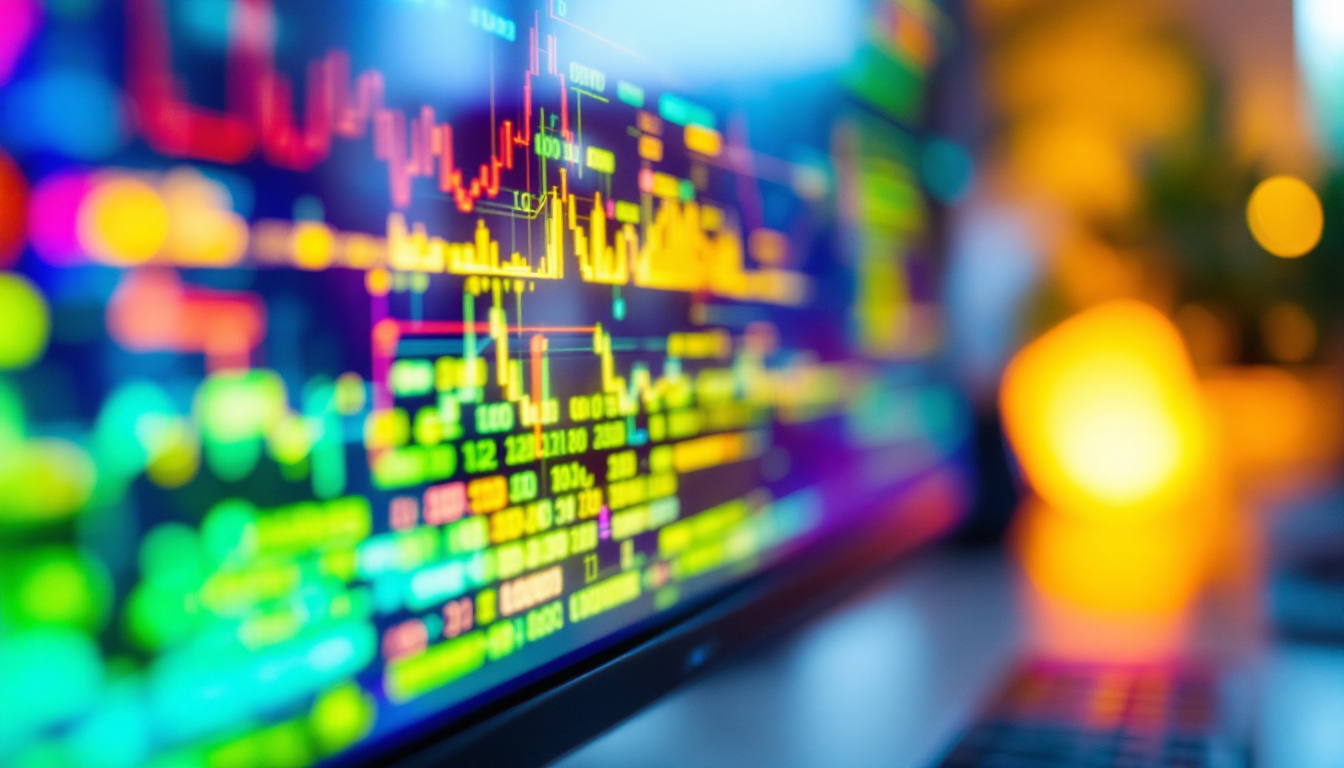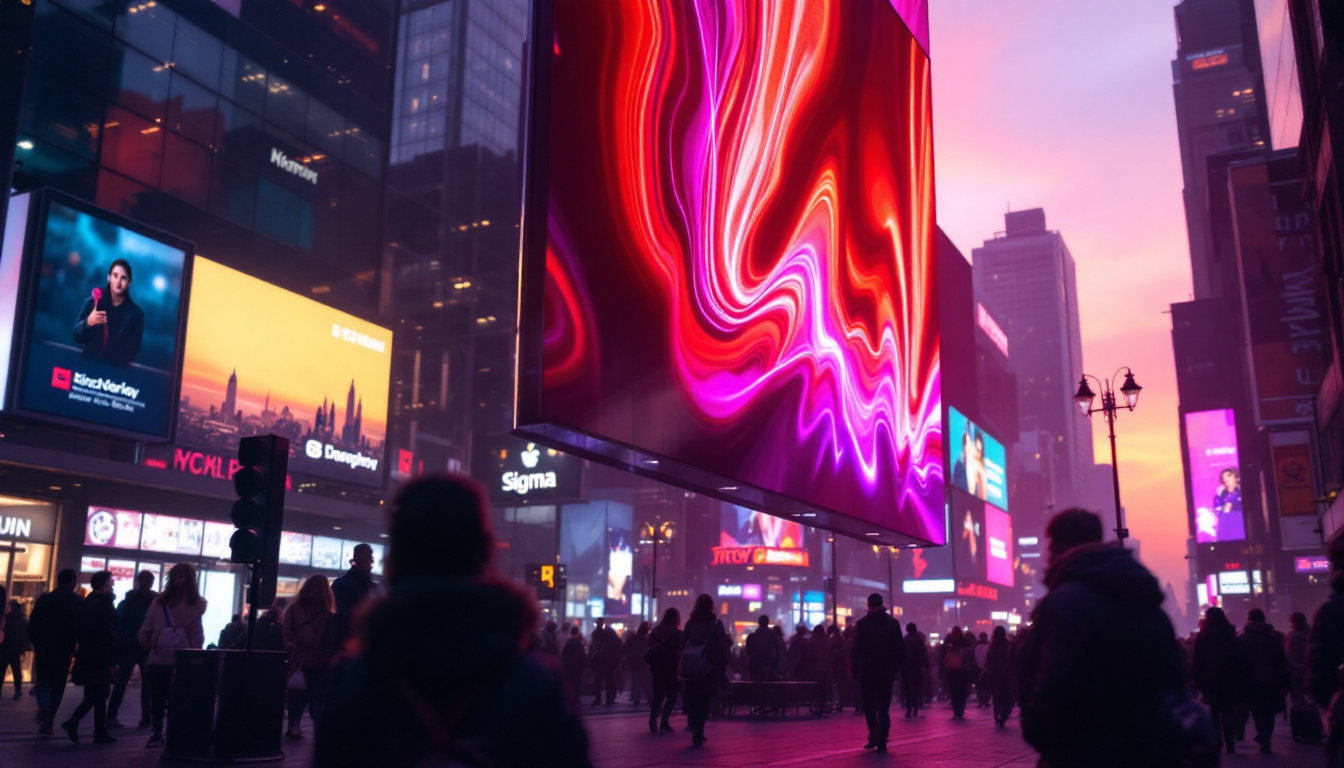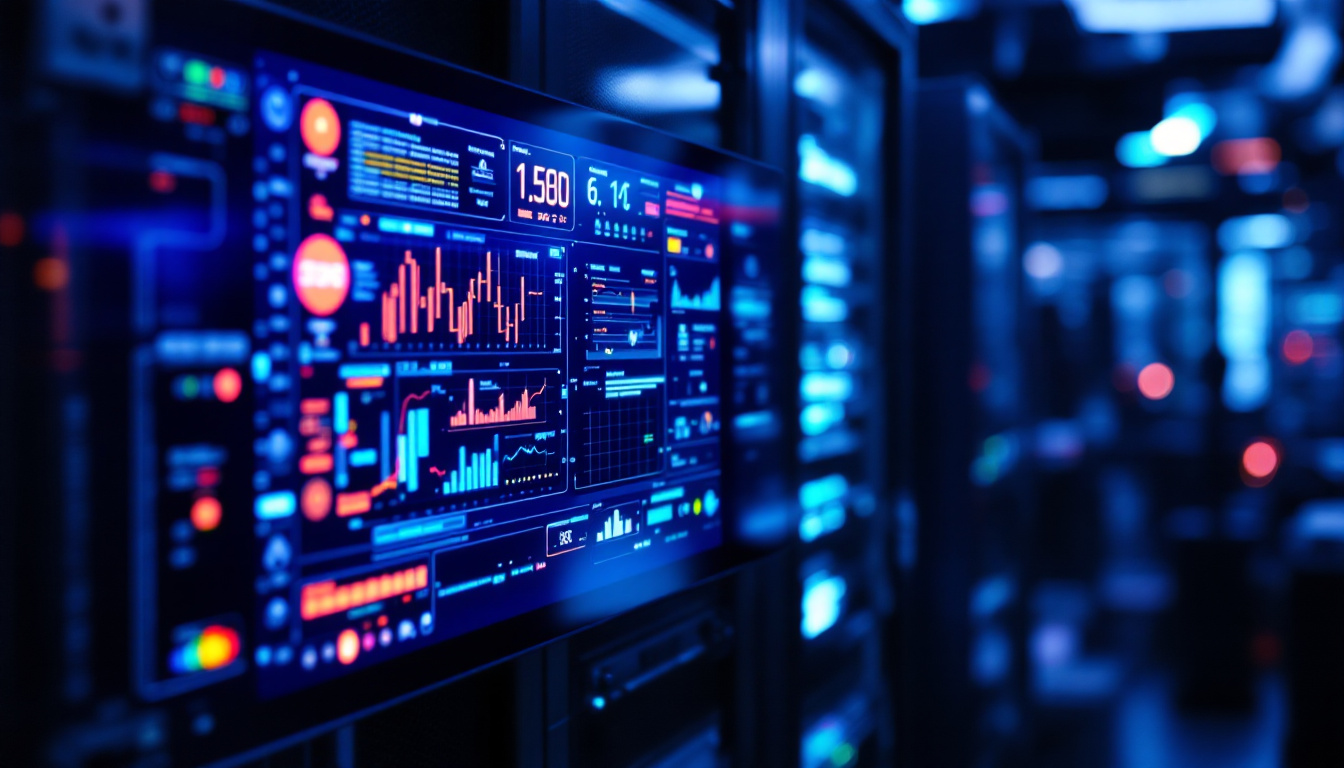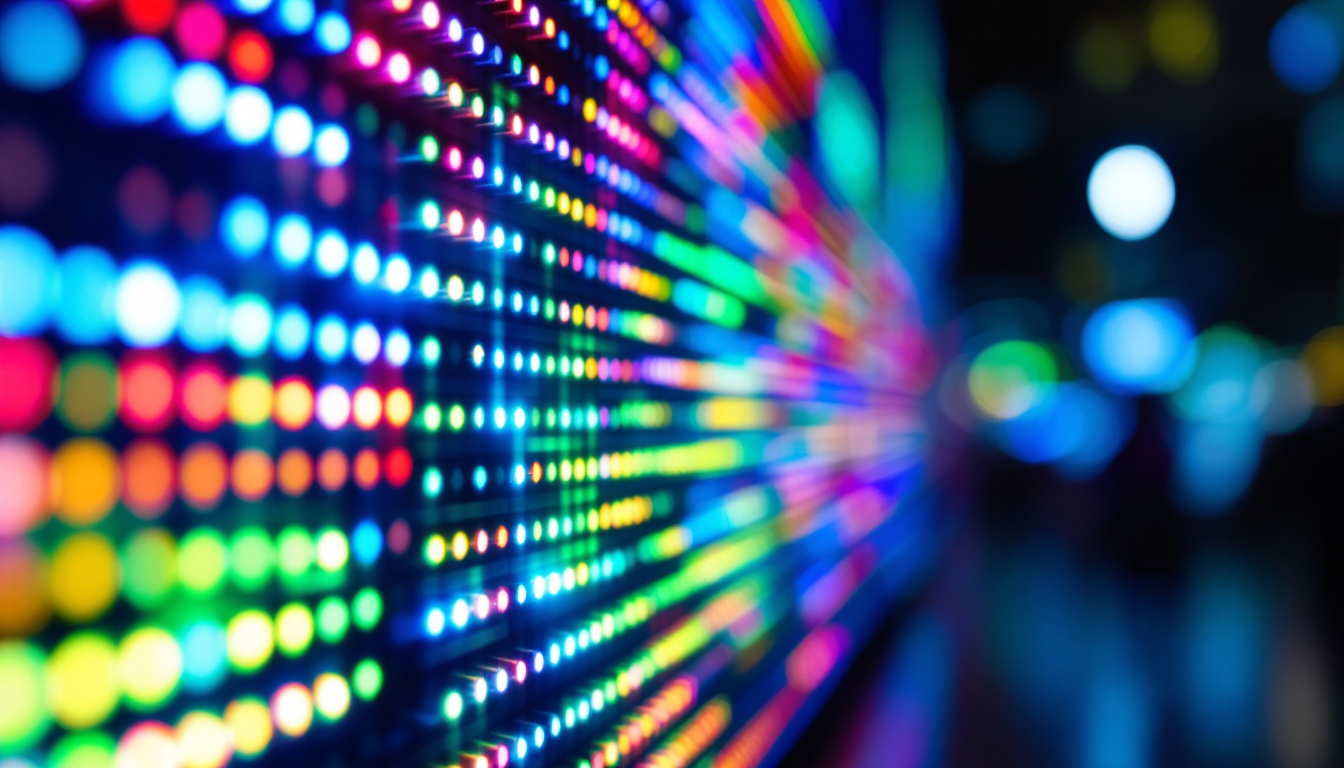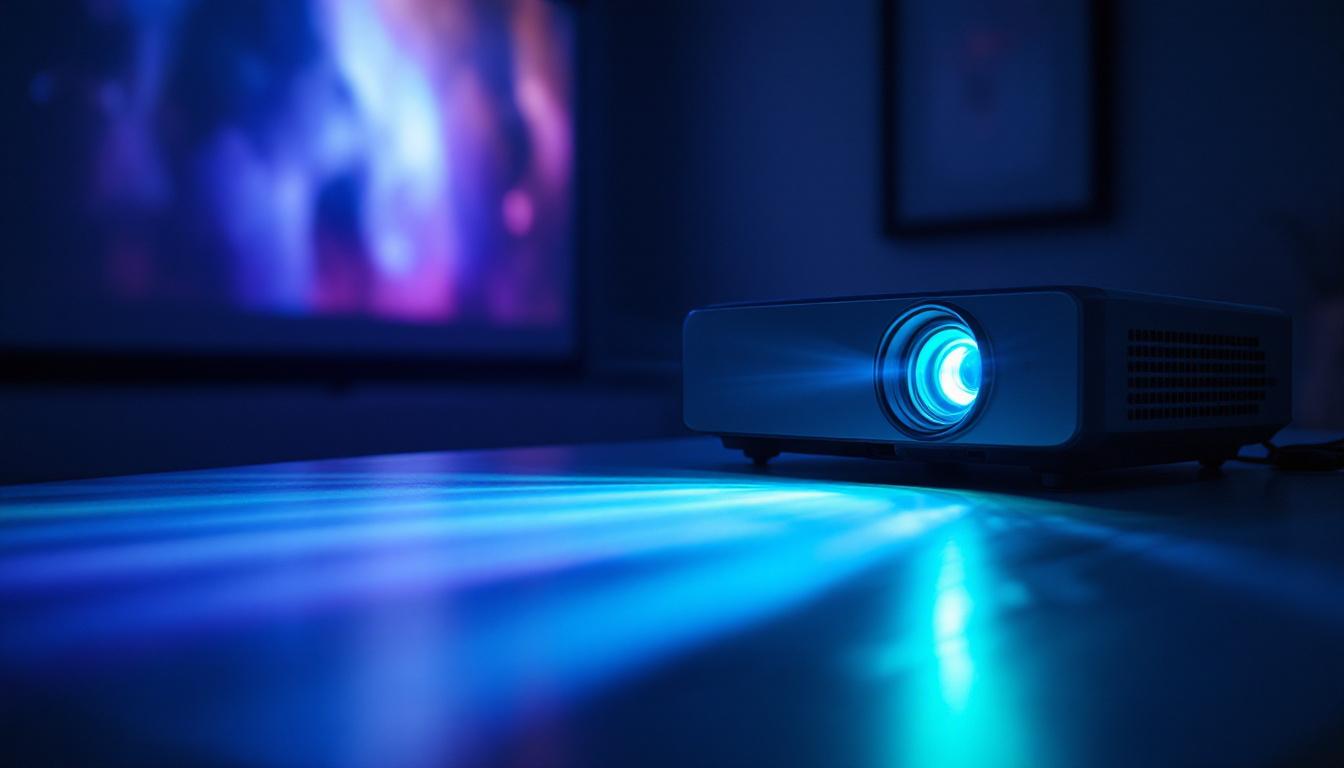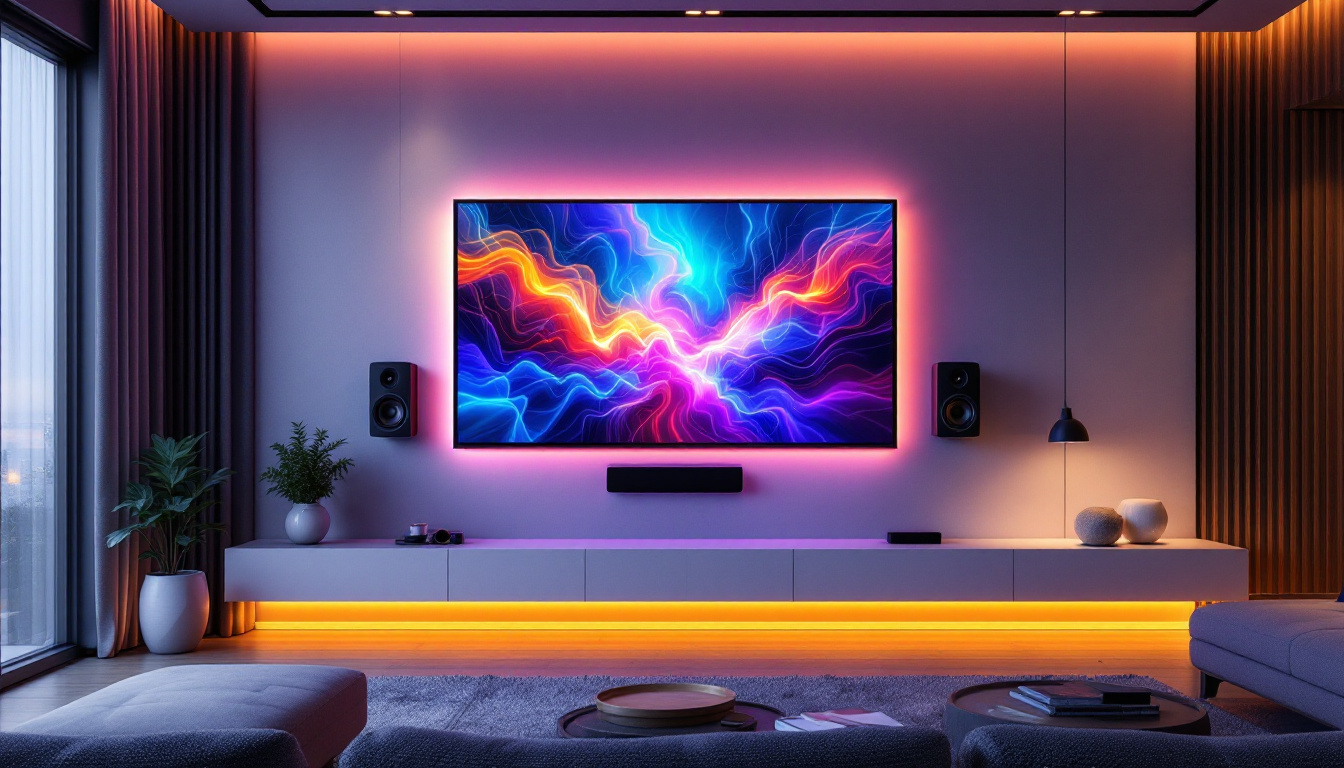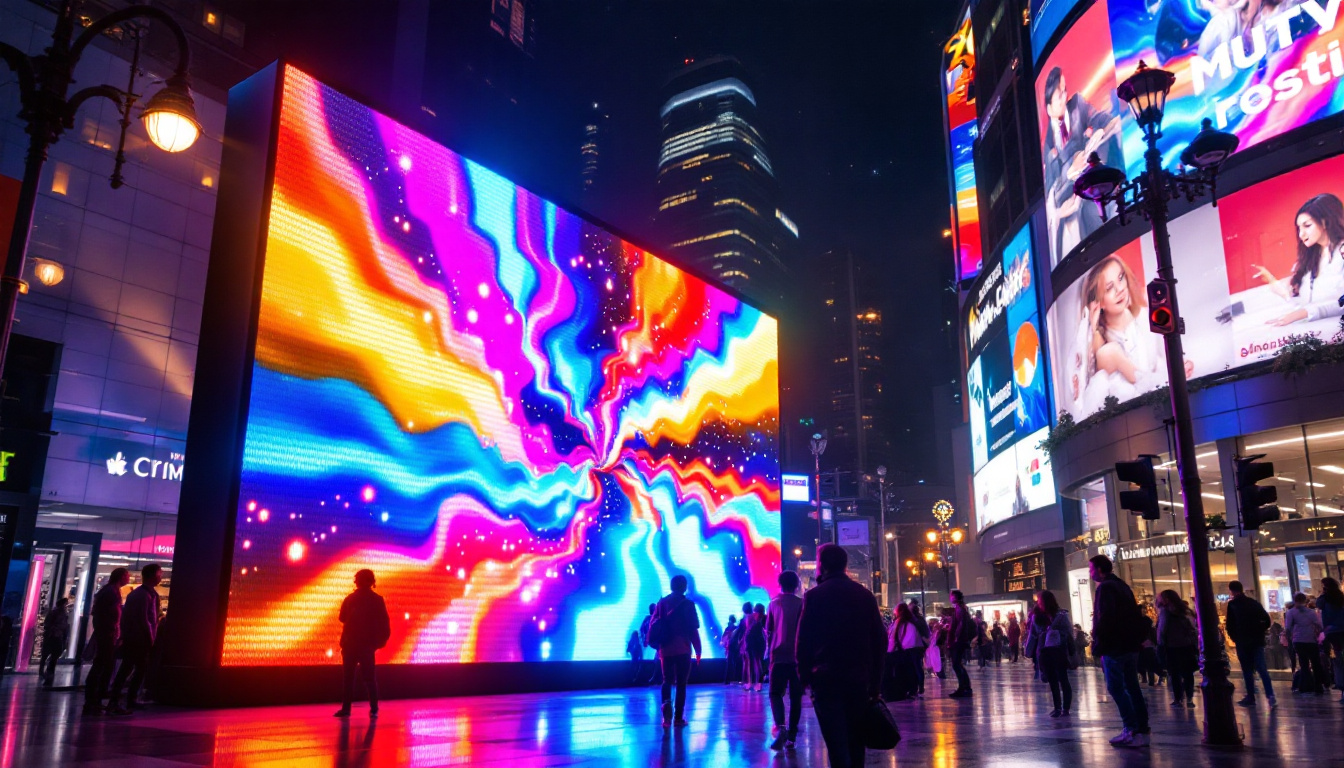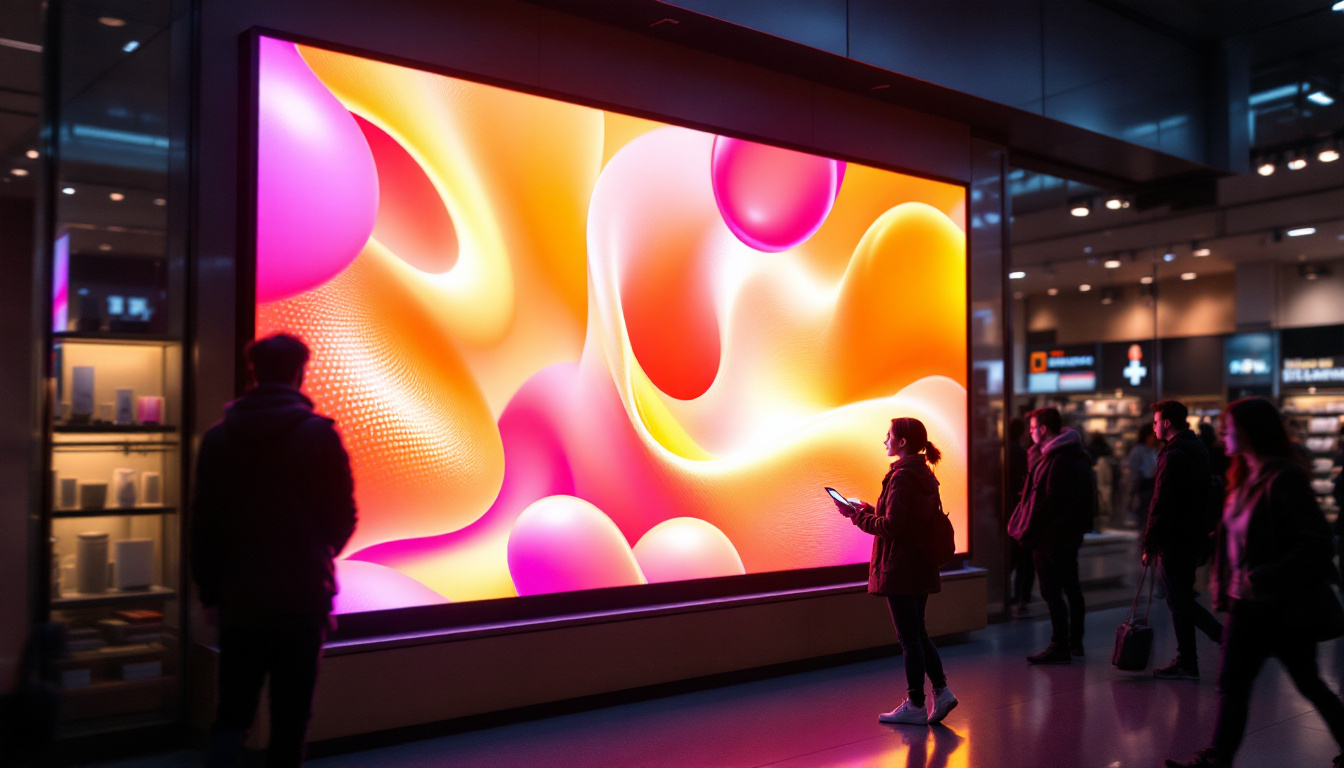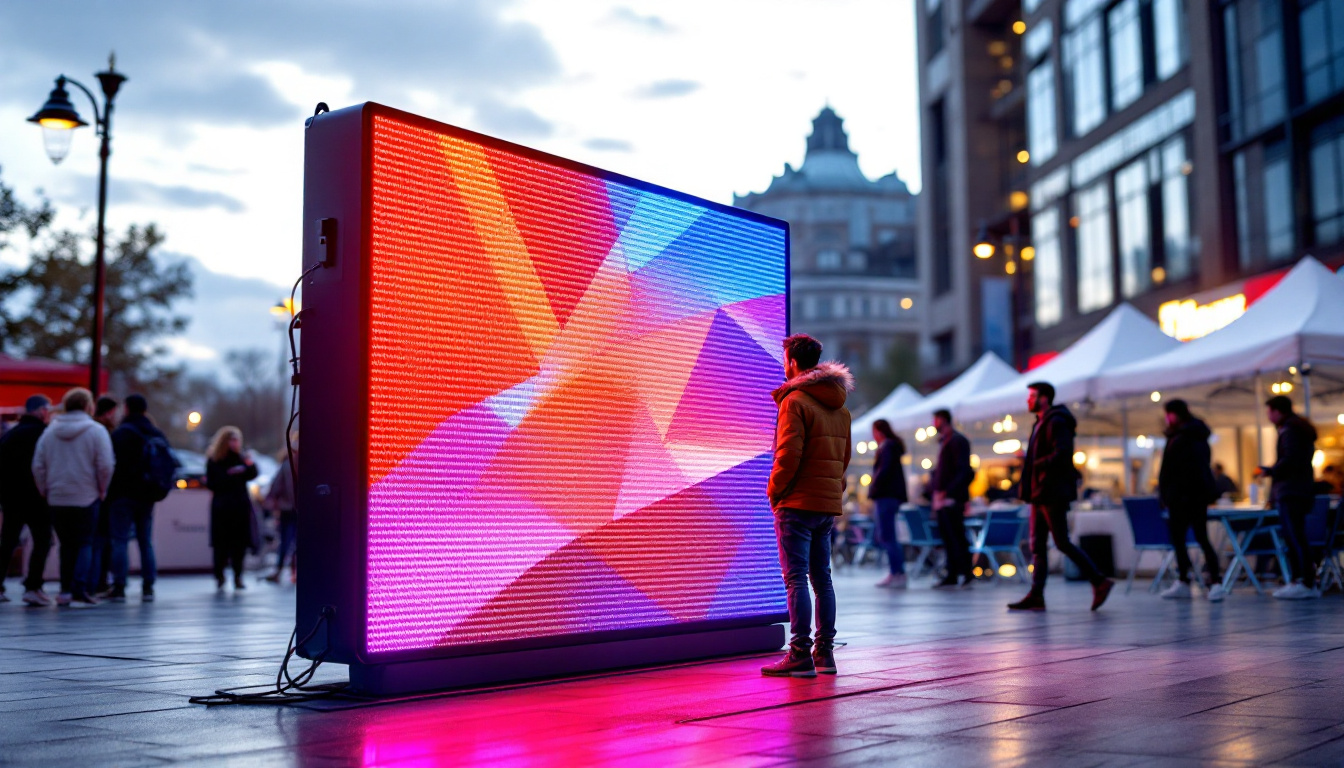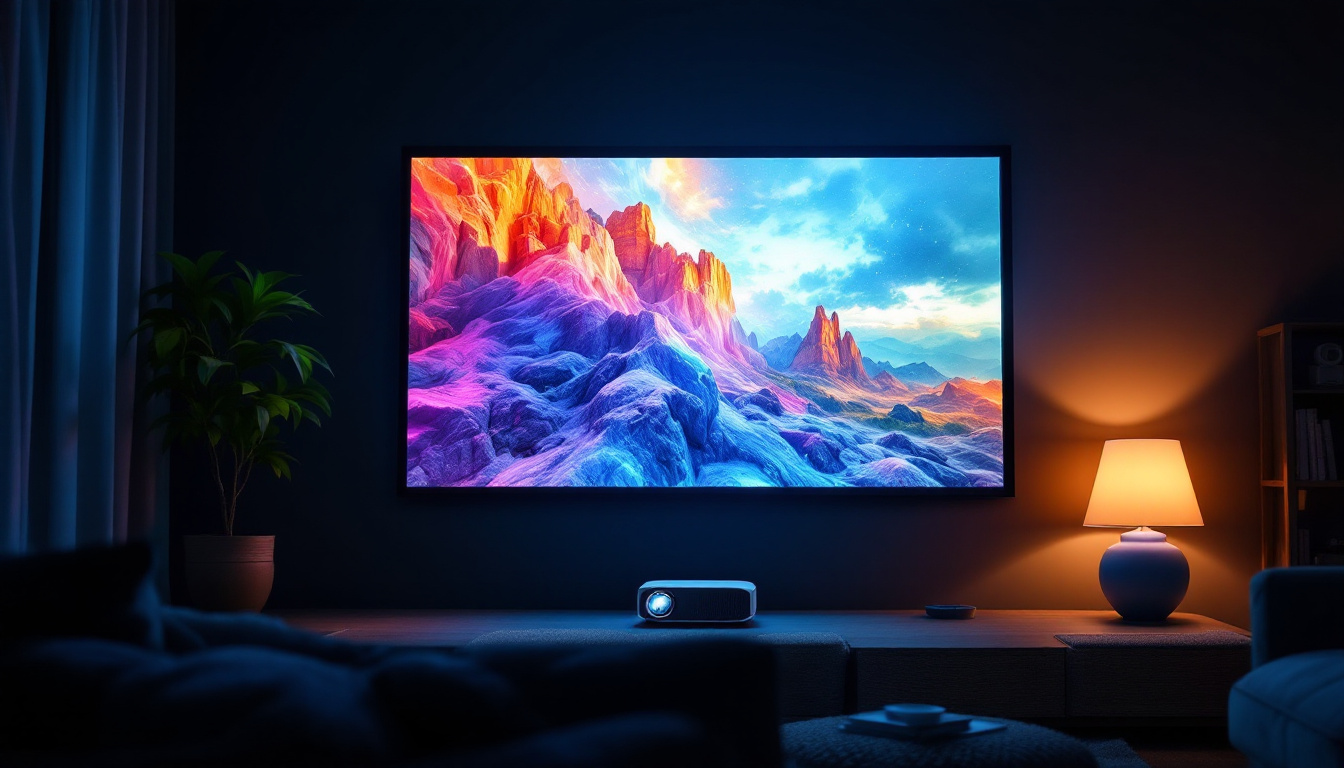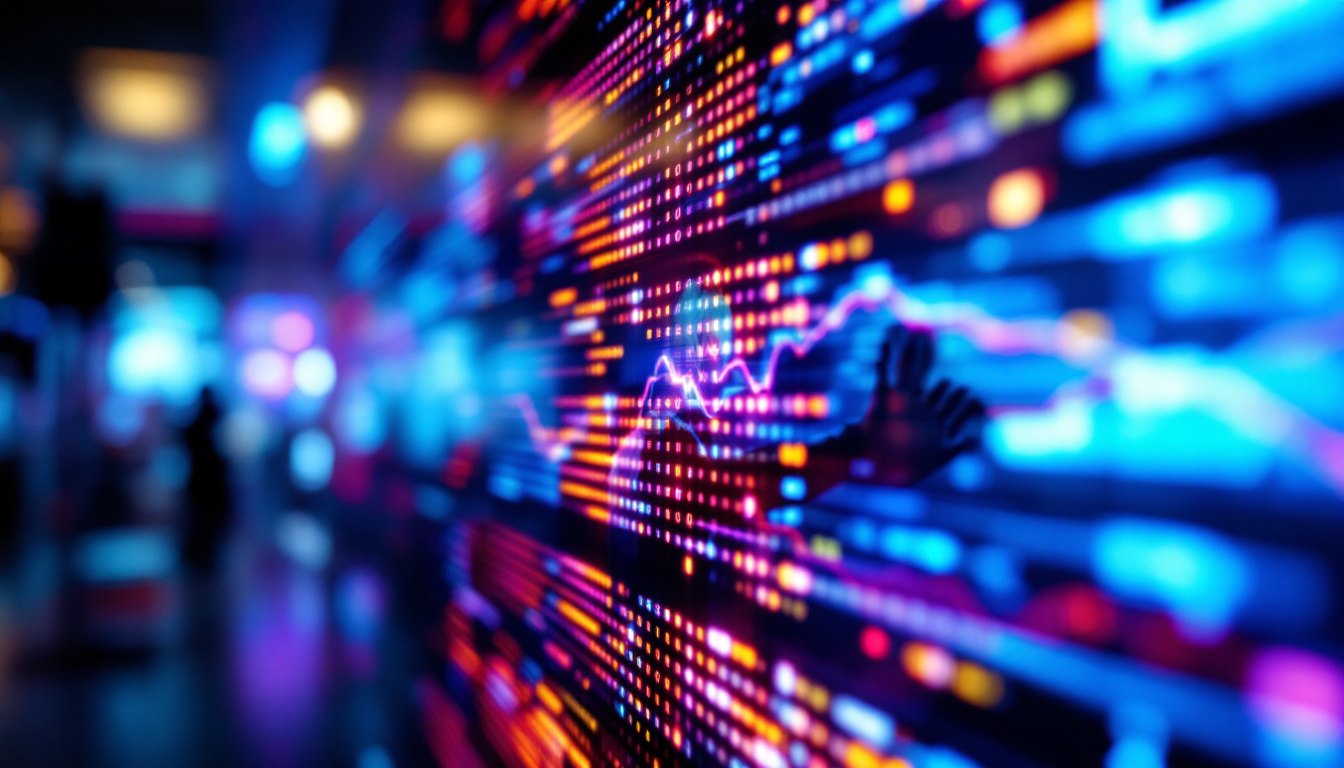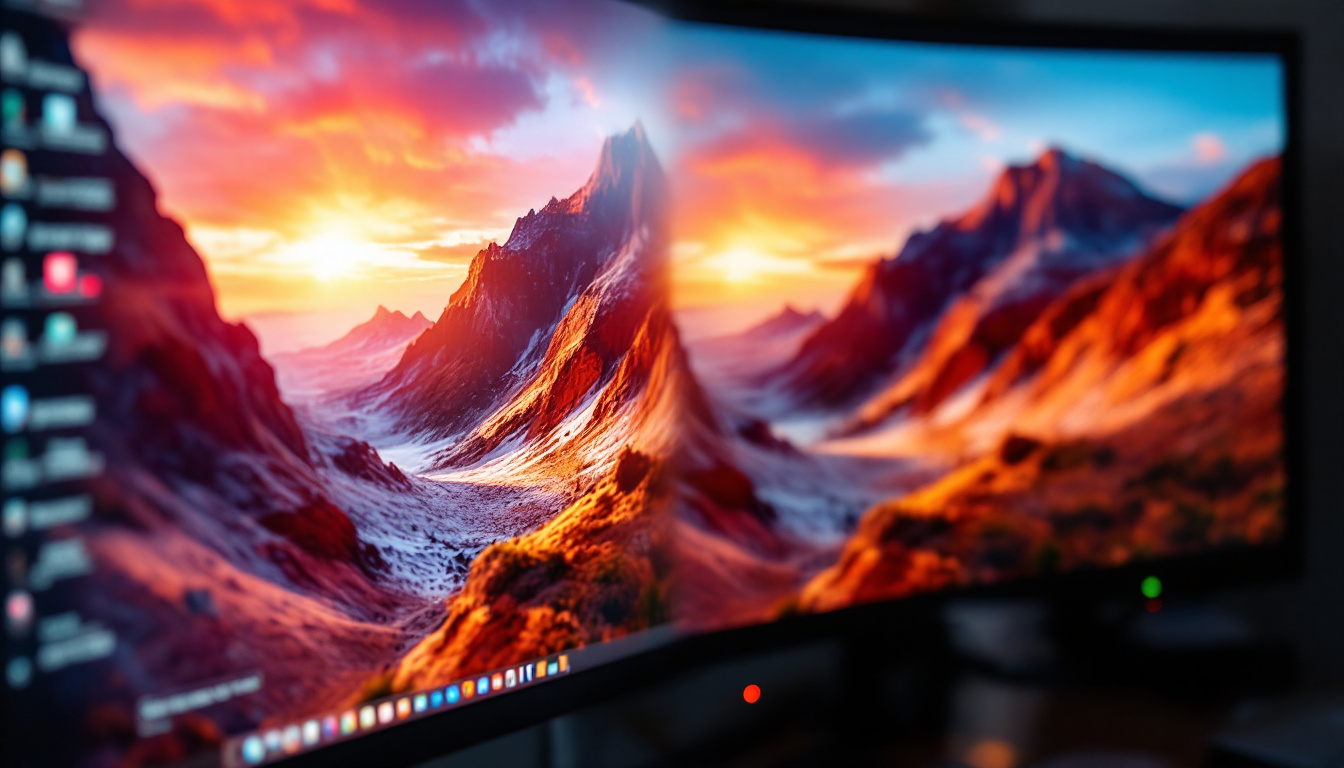In the world of events and presentations, visual impact plays a crucial role in engaging audiences. One of the most effective ways to achieve this is through the use of LED displays. local staging companies have increasingly adopted this technology, providing innovative solutions for everything from corporate events to concerts. This article delves into the intricacies of LED displays, their advantages, and how local staging companies utilize them to enhance events.
Understanding LED Displays
LED displays, or light-emitting diode displays, are a type of screen technology that utilizes LEDs to produce images and videos. Unlike traditional LCD or projection screens, LED displays offer superior brightness, color accuracy, and flexibility in design. These features make them a popular choice for various applications, particularly in live events. The vibrant colors and high contrast ratios of LED displays enhance the viewing experience, captivating audiences and drawing attention in crowded environments.
Moreover, the rapid advancements in LED technology have led to the development of even more sophisticated displays, such as those that can be curved or shaped to fit unique venues. This adaptability allows event organizers to create immersive environments that engage audiences in ways that static displays simply cannot. From large-scale concerts to corporate presentations, LED displays have become an essential tool in modern visual communication.
How LED Displays Work
At the core of an LED display are tiny light-emitting diodes that work together to create images. Each diode can emit different colors, and by combining these colors, the display can produce a wide spectrum of hues. The arrangement of these diodes can vary, leading to different types of LED displays, such as surface-mounted displays and organic LED (OLED) screens. The technology behind LED displays allows for high-resolution images, making them ideal for large venues where clarity is paramount. Additionally, they are energy-efficient, consuming less power compared to traditional lighting solutions, which is an essential consideration for event organizers.
LED displays also feature advanced processing capabilities, enabling them to handle high-definition video content seamlessly. This means that they can display dynamic content, such as animations or live feeds, without lag or distortion. Furthermore, many modern LED displays come equipped with smart technology, allowing for remote control and real-time adjustments, which can be particularly useful during live events where timing and precision are critical.
Types of LED Displays
There are several types of LED displays used in staging, each suited for different environments and purposes. The most common types include:
- Indoor LED Displays: Designed for use in enclosed spaces, these displays have a higher pixel density, providing sharp images even at close distances. They are often used in theaters, conference rooms, and exhibition halls, where audience proximity to the screen is a factor.
- Outdoor LED Displays: Built to withstand the elements, outdoor displays are brighter and more durable, making them suitable for concerts and festivals. These displays often feature protective coatings to guard against rain, dust, and UV rays, ensuring longevity and consistent performance.
- Transparent LED Displays: These innovative displays allow for visibility through the screen, making them ideal for retail environments and creative installations. They can be used to showcase products while still allowing customers to see the store behind the display, blending technology with aesthetics.
Additionally, there are specialized LED displays such as flexible LED screens, which can be bent and shaped for unique installations, and interactive LED displays that respond to touch or movement, creating engaging experiences for users. As the demand for captivating visual content continues to grow, the versatility and innovation of LED display technology will undoubtedly play a crucial role in shaping the future of visual communication across various industries.
The Advantages of Using LED Displays
LED displays offer numerous advantages that make them an attractive option for local staging companies. Understanding these benefits can help event organizers make informed decisions about their visual setup.
High Visibility and Brightness
One of the standout features of LED displays is their exceptional brightness. This characteristic ensures that images and videos remain vibrant and clear, even in well-lit environments. The high visibility of LED displays makes them suitable for outdoor events, where sunlight can often wash out other types of screens. Furthermore, the ability to adjust brightness levels allows for optimal viewing experiences during both day and night, ensuring that audiences remain engaged no matter the time or setting.
Versatility in Design
LED displays are incredibly versatile, allowing for various configurations and designs. They can be arranged in different shapes and sizes, making it easy to create a unique visual experience tailored to the event’s theme. This flexibility enables local staging companies to adapt to different venues and audience sizes, ensuring that every event is visually captivating. Additionally, LED technology supports dynamic content, enabling the integration of animations, live feeds, and interactive elements that can enhance audience engagement and create memorable experiences.
Cost-Effectiveness
While the initial investment in LED technology may be higher than traditional displays, the long-term cost benefits are significant. LED displays are energy-efficient, leading to lower electricity bills. Additionally, their durability means they require less maintenance and replacement, making them a cost-effective solution over time. With a lifespan that can exceed 100,000 hours, LED displays not only reduce the frequency of replacements but also minimize waste, aligning with sustainability goals that many organizations are now prioritizing. This longevity translates to a better return on investment, making LED displays a smart choice for both short-term events and long-term installations.
Applications of LED Displays in Events
Local staging companies utilize LED displays in various ways to enhance the overall experience of events. From corporate presentations to music festivals, the applications of this technology are diverse and impactful.
Corporate Events and Presentations
In corporate settings, LED displays are often used for presentations, product launches, and conferences. Their high resolution and vibrant colors help convey messages more effectively, capturing the audience’s attention. Additionally, the ability to display dynamic content, such as videos and animations, can enhance engagement and understanding.
Concerts and Live Performances
For concerts and live performances, LED displays play a crucial role in creating an immersive experience. They can be used as backdrops, stage elements, or even as part of the lighting design. The ability to synchronize visuals with music adds an extra layer of excitement, making performances more memorable for attendees.
Trade Shows and Exhibitions
At trade shows and exhibitions, LED displays serve as eye-catching focal points that draw attendees to booths. Companies can showcase their products through dynamic visuals, making their presentations more engaging. The flexibility of LED displays allows for quick changes to content, enabling exhibitors to adapt their messaging throughout the event.
Choosing the Right Local Staging Company
Selecting the right local staging company is essential for maximizing the benefits of LED displays at an event. Several factors should be considered when making this choice.
Experience and Expertise
When evaluating local staging companies, it is crucial to consider their experience with LED technology. Companies that specialize in LED displays will have a deeper understanding of the equipment and can provide valuable insights into the best solutions for specific events. Look for companies with a proven track record in executing successful events that utilized LED displays.
Portfolio and Past Projects
Reviewing a company’s portfolio can provide a glimpse into their capabilities and creativity. Past projects that showcase innovative use of LED displays can indicate the company’s ability to deliver unique and engaging experiences. Additionally, client testimonials can offer insights into their professionalism and reliability.
Technical Support and Services
Technical support is vital when working with LED displays, as any issues can significantly impact an event. Choose a staging company that offers comprehensive technical support, including setup, troubleshooting, and on-site assistance. This level of service ensures that any potential problems are addressed promptly, allowing the event to proceed smoothly.
Future Trends in LED Display Technology
The world of LED display technology is continually evolving, and local staging companies must stay abreast of the latest trends to remain competitive. Understanding these trends can provide insights into what the future holds for event staging.
Advancements in Resolution and Clarity
As technology progresses, LED displays are becoming increasingly high-resolution. The development of microLED and miniLED technologies promises to deliver even sharper images with greater color accuracy. These advancements will allow for more immersive experiences, particularly in large venues where clarity is crucial.
Integration with Augmented Reality (AR)
Another exciting trend is the integration of LED displays with augmented reality (AR) technology. This combination can create interactive experiences that engage audiences in new ways. For instance, event attendees could use AR applications on their smartphones to interact with content displayed on LED screens, adding an interactive layer to presentations and performances.
Sustainability and Eco-Friendly Practices
As environmental concerns grow, many local staging companies are adopting sustainable practices in their operations. This includes using energy-efficient LED displays and implementing recycling programs for equipment. The shift towards sustainability not only benefits the environment but also appeals to eco-conscious clients and attendees.
Conclusion
LED displays have revolutionized the way local staging companies approach event production. Their vibrant visuals, versatility, and cost-effectiveness make them an invaluable tool for creating engaging experiences. As technology continues to advance, the potential applications of LED displays will only expand, providing even more opportunities for creativity in event staging.
Choosing the right local staging company that understands the intricacies of LED technology is essential for maximizing the impact of these displays. By staying informed about the latest trends and advancements, event organizers can ensure that their events stand out and leave lasting impressions on their audiences.
In summary, LED displays are more than just a visual aid; they are a dynamic component of modern event staging that can elevate any occasion. Whether for corporate functions, concerts, or exhibitions, the integration of LED technology is a step towards creating unforgettable experiences.
Illuminate Your Next Event with LumenMatrix
Ready to transform your event with unparalleled visual experiences? LumenMatrix is at the forefront of LED display innovation, offering a diverse range of solutions tailored to your unique needs. From Indoor and Outdoor LED Wall Displays to specialized options like Vehicle, Sports, and Floor LED Displays, we have the technology to bring your vision to life. Embrace the future of visual communication with our Custom, All-in-One, and Transparent LED Displays, designed to captivate your audience and amplify your message. Check out LumenMatrix LED Display Solutions today and make your next event unforgettable.

